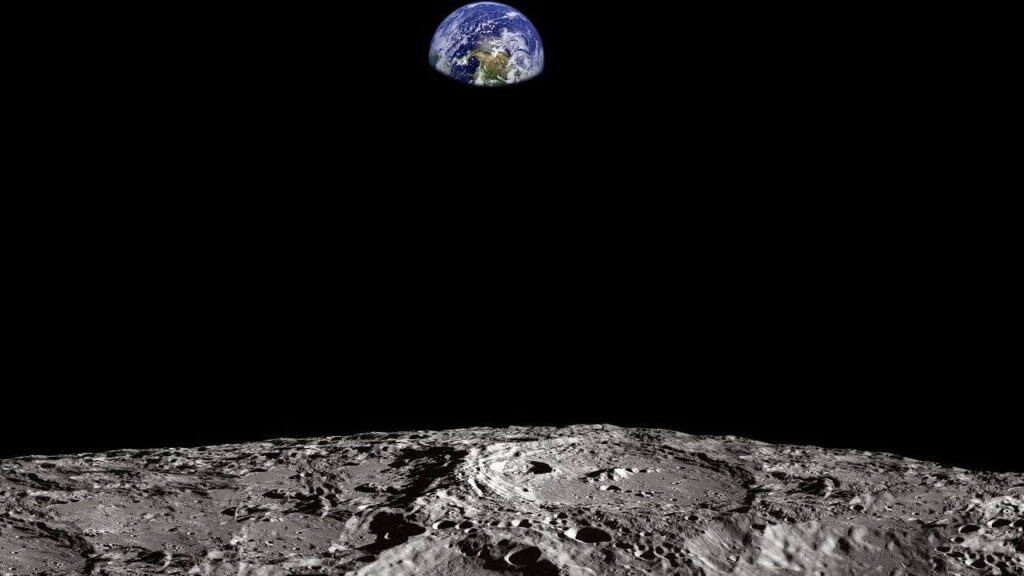Extraterrestrial Photosynthesis Discovery: In school, we learned about photosynthesis, in other words, how plants change carbon dioxide into oxygen. How about the Moon’s soil that can convert carbon dioxide into oxygen and fuel too? Scientists at Nanjing University in China found that lunar soil contains compounds capable of achieving this. Using their findings, the scientists presented an “extraterrestrial photosynthesis” technique in the journal Joule. It uses lunar soil to electrolyze water sourced from the moon and in astronauts’ breath exhaust into oxygen and hydrogen by using sunlight as an energy source.
Check James Webb Space Telescope First Image
- Using samples of lunar soil brought back from the Moon by China’s Chang’e 5 spacecraft, the observation has been made.
- A soil containing iron-rich and titanium-rich substances can potentially act as a catalyst with sunlight and carbon dioxide to make desired products, such as oxygen.
- According to researchers, this technique could potentially provide water, oxygen, and fuel for living on a Moon base with just sunlight.
Also Read: International Liquid Mirror Telescope
Before we read more about the recent study, let’s know some facts related to Chang’e 5 spacecraft.
| Country | China |
| Spacecraft Name | Chang’e 5 |
| Mission Type | Lunar Exploration |
| Launch Date | 23 November 2020 20:30 UTC |
| Rocket | Long March 5 |
| Landing Date | 16 December 2020 17:59 UTC |
| Mission Duration | 1 year, 5 months, 12 days |
Know About Artificial Moon Soil on Earth
Is this a first in the history of science?
Previously, scientists have proposed many strategies for extraterrestrial survival. But most designs require energy sources from Earth.
NASA’s Perseverance Mars rover, for instance, was equipped with an oxygen-producing instrument that can use carbon dioxide from the atmosphere to generate electricity onboard.
Check Details of Atmospheric Waves Experiment
Extraterrestrial Photosynthesis Discovery – Why is it so significant?
One of the topics space agencies are discussing when it comes to space travel: How do you power a trip so far from home? In 1971, NASA’s Apollo 15 mission lasted 12 days, making it the longest crewed mission ever. They were supported by the supplies they brought along, which had the heaviest payload ever in an orbit around the moon, at about 107,000 pounds.
Know About Earth Observation Satellites of NASA
By using human wastes, solar radiation, and moon soil, scientists are researching ways to replenish water, oxygen, and fuel. For crewed missions lasting weeks or even months, this could save space agencies weight and vehicle space. The researchers proposed a model for how a self-sustaining Moon outpost would operate based on their preliminary findings.
To sum up, the findings of extraterrestrial photosynthesis on moon will play an instrumental role in manned deep space exploration as well as extraterrestrial survival.
Know What is International Space Station Retirement Plan?
What’s Next?
With the advancement of Extraterrestrial Photosynthesis by Chang’E-5 lunar soil as described in the journal Joule, the team now looks for a chance to test the system in space, most likely with China’s future crewed lunar missions. While lunar soil has a lower catalytic efficiency than catalysts available on Earth, Yao says his team is trying to improve the design, such as melting it into a nanostructured high-entropy material that is a better catalyst.
